For the last week I’ve lived in Fiordland on a charter boat. It has felt a bit like dropping off the end of the earth, sailing over the edge of a map some old mariners drew, where there be dragons and not much else.
No dragons in the deep south; only a scary shortage of birds, and lots of possums, stoats and deer.
Not that you ever see the wildlife. But they are there in their millions, chewing away at the bush, watching, and understandably keeping their distance from the humans who come to shoot and poison them.
There is little sign of life in Dusky Sound apart from the odd crayfish boat and passing helicopter. The best-known human footprint down here is 250 years old, left by Captain Cook and his crew, along with the stumps of trees he cut down.
I have never experienced such isolation. This is how the first settlers must have felt, before they huddled together in marae and villages.
There is no communication with the outside world. Dotcom could have joined the Destiny Church and we’d never have known. Or cared.
Everything I thought I needed by way of essential daily information about the state of the world and the polls, I soon learnt to live happily without.
Free of distraction, I concentrated on the all-enveloping natural world and tried to chime my breathing with the rhythm of the giant ecosystem at work in the bush that presses in and towers above us. We live inside a kaleidoscope of changing light and colour, rain, sun and mist, and wind over water that ripples and rages.
The crew can read these changes as confidently as I consult a street map, and know when to drop anchor or run for cover. The skipper tells us, “When Mother Nature says jump down here, we say, yes M’am, how high?”
The formula for survival is very simple in this remote world. Fit in with the land (and sea) scape, change as little as possible, or pay dearly. The bush is paying dearly for the introduction of deer, possums and stoats, and native birds that once greeted visitors with an overwhelming chorus have paid most of all.
We walked on Anchor Island where 44 kakapo survive and saw signs of them flourishing. But on the mainland, all bets are off for the future of such rare creatures.
It’s not dirty politics or electronic spying that shapes the quality of life down here. Only the even more complicated dynamics of flora and fauna growing, dying, and regenerating again. The animals and birds that can fit in with that flourishing survive.
The history of Fiordland is intriguing. Discover the navigators and astronomers and sealers and whalers, sailors and castaways, ship builders, brewers, house builders and goldminers who did things down here before anywhere else in New Zealand.
But much more intriguing is the silent challenge this massive area, 1.2 million hectares, makes to all of us who try to live sustainably in Aotearoa.
The longer I stayed, the more I felt the place becoming a kind a ballast that balances the keel of life in New Zealand. But just how exactly?
Well, in Fiordland; to survive, let alone flourish, you have to accommodate and balance your needs with those who travel with you, whoever they are, and the environment, however daunting, that defines your journey.
My favourite definition of vocation is how we “fit in with the flourishing of God’s creation”. That’s often hard to see for many of us.
In Fiordland, it’s very clear.
Bishop John Bluck lives in Pakiri, Wellsford, and is a regular blogger for Taonga.
bluck@vodafone.co.nz






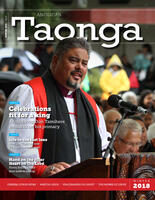
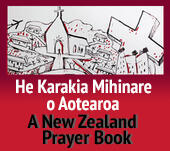
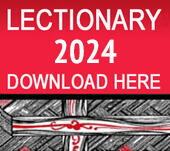

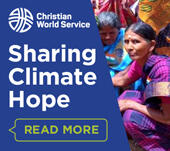
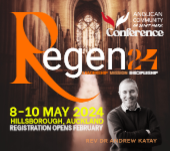
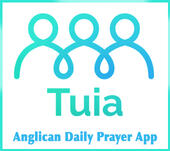

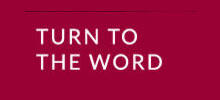
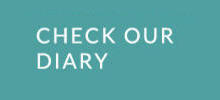
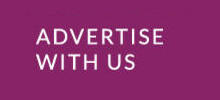
Comments
Log in or create a user account to comment.